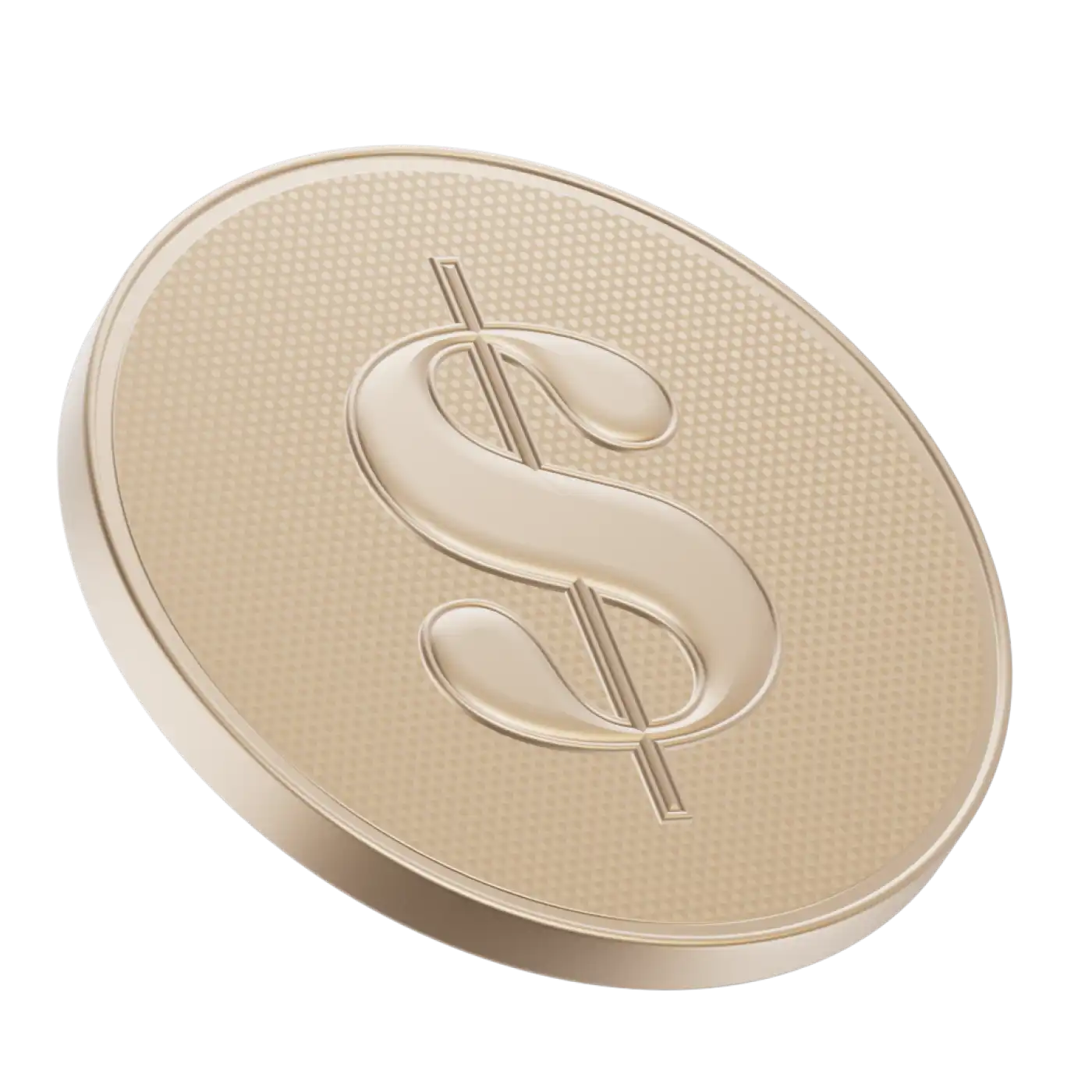What is a LIF
A Life Income Fund is a Registered Retirement Income Fund (RRIF) that was purchased with locked-in funds. If you worked for a company with an employer pension plan, terminated employment or plan membership before normal retirement age and were eligible to receive your pension funds, those funds would have been “locked-in” under provincial pension legislation and not available to you in cash until the early or normal retirement age specified in that province’s pension legislation. The funds were transferred to a Locked-In Retirement Account (LIRA). Once you reach normal retirement age, a LIRA can be transferred to a LIF.
You can convert the LIRA to a LIF or a life annuity when you reach normal retirement age. You must convert the LIRA to a LIF and begin to draw income by the end of the calendar year you turn 71.
If you live in British Columbia, Alberta, Manitoba, Ontario, Quebec, New Brunswick, Nova Scotia or Newfoundland & Labrador, you can purchase a LIF.
If you live in Saskatchewan or Manitoba, you have the option of purchasing a Prescribed Registered Retirement Income Fund (PRIF). Accountholders whose funds are locked-in under Saskatchewan legislation can transfer the full amount of their locked-in funds to a PRIF, and if the funds are locked-in under Manitoba legislation, an annuitant who is at least 55 years old (the provincial early retirement rate) can unlock up to 50% of the LIF funds and transfer it to a prescribed RRIF. The advantage of this is there is no maximum withdrawal amount on a PRIF. The minimum withdrawal rules stay the same.
If you live in Newfoundland and Labrador, you must convert your LIF to a life annuity by the end of the year you turn age 80.
LIF withdrawals
LIF minimum
A LIF follows RRIF minimum withdrawal rules. The funds withdrawn from a LIF are considered income and you will have to pay tax on them at your marginal tax rate. You will receive a T4-RIF from the financial institution holding your LIF account that will show the amount of the withdrawal.
What is the marginal tax rate
Your marginal tax rate is the tax rate at which you pay taxes on the next dollar of income earned. Your financial institution will provide a T4-RIF showing the amount of the withdrawal, and any tax withheld, if applicable. You must declare this amount on your T1 General Income Tax Return (the forms you complete to file your income tax) in the calendar year you withdrew it.
Remember: LIF withdrawal amounts are added to your gross taxable income. Depending on the size of the withdrawal, it could push you into a higher tax bracket.
LIF withdrawal rates
LIF minimum withdrawal
The prescribed LIF minimum amount is calculated the same way as a RRIF, by multiplying the market value of your LIF at the beginning of the calendar year by the prescribed factor based on your age. You can take that withdrawal in monthly payments, quarterly payments, semi-annual payments or in a lump sum, as long as the total amount equals the minimum amount.
If the annuitant is younger than age 70, the prescribed factor is 1 divided by (90 minus age of annuitant.) The annuitant cannot be younger than the early retirement date stated in the pension legislation governing the LIF.
Source: Canada Revenue Agency
Age of LIF Annuitant | Pre-March 1986 | Qualifying RRIFs | All Other RRIFs |
|---|---|---|---|
| 71 | 0.0526 | 0.0526 | 0.0526 |
| 72 | 0.0556 | 0.054 | 0.054 |
| 73 | 0.0588 | 0.0553 | 0.0553 |
| 74 | 0.0625 | 0.0567 | 0.0567 |
| 75 | 0.0667 | 0.0582 | 0.0582 |
| 76 | 0.0714 | 0.0598 | 0.0598 |
| 77 | 0.0769 | 0.0617 | 0.0617 |
| 78 | 0.0833 | 0.0636 | 0.0636 |
| 79 | 0.0909 | 0.0658 | 0.0658 |
| 80 | 0.1 | 0.0682 | 0.0682 |
| 81 | 0.1111 | 0.0708 | 0.0708 |
| 82 | 0.1250 | 0.0738 | 0.0738 |
| 83 | 0.1429 | 0.0771 | 0.0771 |
| 84 | 0.1667 | 0.0808 | 0.0808 |
| 85 | 0.2 | 0.0851 | 0.0851 |
| 86 | 0.25 | 0.0899 | 0.0899 |
| 87 | 0.3333 | 0.0955 | 0.0955 |
| 88 | 0.5 | 0.1021 | 0.1021 |
| 89 | 1 | 0.1099 | 0.1099 |
| 90 | 0 | 0.1192 | 0.1192 |
| 91 | 0 | 0.1306 | 0.1306 |
| 92 | 0 | 0.1449 | 0.1449 |
| 93 | 0 | 0.1634 | 0.1634 |
| 94 | 0 | 0.1879 | 0.1879 |
| 95+ | 0 | 0.2 | 0.2 |
LIF withdrawal rates
Use “All Other RRIFs” unless:
Pre-March 1986 applies to RRIFs that were set up before 1986 and were never amended.
A qualifying RRIF has never received any property as consideration other than transfers from another qualifying RRIF and was set up:
Before 1986 and has since been revised or amended.
After 1986 and before 1993 or
After 1992 with funds or property transferred directly from another qualifying RRIF.
If you withdraw only the minimum amount required, there will be no withholding tax. If you withdraw more than the minimum amount, your financial institution will withhold tax and remit it to Canada Revenue Agency on your behalf. Any withholding tax will be declared on Box 28 of your T4RIF.
LIF maximum
There is an annual maximum withdrawal amount per year. The maximum LIF withdrawal is based on three factors: the market value of the LIF at January 1, the owner’s age and a federally determined rate known as the Canadian Socio-Economic Information Management (CANSIM) rate. The CANSIM rate changes every year.
Advantages and disadvantages of LIFs
Advantages
A LIF is a registered product, and while the funds remain in the LIF, investment earnings are tax sheltered. You do not have to declare capital gains on your income tax. Conversely, you cannot use capital losses to offset your income tax owing while the funds are in the LIF.
The funds in a LIF are creditor-protected. The full balance of the LIF cannot be seized to pay debts owing. However, the minimum withdrawal amount can be seized once the funds leave the LIF.
Accountholders can choose their own investments, as long as the LIF minimum continues to be available.
You can delay beginning to collect income until the year after you turn 71. That gives you more time for your investment returns to compound in a tax-sheltered environment.
You may be able to unlock some or all your LIF funds if:
You are facing a shortened life expectancy due to a terminal illness
You become a non-resident of Canada
Disadvantages
Maximum withdrawal limits mean you cannot always access extra income when you need it.
You cannot start a LIF until you reach the early retirement age legislated by the pension rules of the province the pension plan was registered in.
If you live in Newfoundland and Labrador, you must convert your LIF to a life annuity at age 80.
A LIF is governed by the same investment regulations as other registered products, and there are strict rules about what types of investments can be held in the account.
Qualified investments include:
Cash
Mutual funds, segregated funds, exchange-traded funds
Securities listed on a designated stock exchange (derivatives may be excluded)
Corporate bonds
Government bonds
Non-qualified investments for registered plans include:
Investments that trade on over-the-counter markets
A non-arms-length transaction, such as a debt to the accountholder, shares in a company the account holder has more than a 10% interest in
Private mortgages, syndicated mortgages, angel investor arrangements and other types of 3rd tier investment arrangements.
The CRA has guidelines on prohibited investments and qualifying investments on their website. Non-registered accounts can hold many of the non-qualified investments that a registered plan cannot.
LIF rules
You cannot purchase a LIF until you are at least the early retirement age specified in the pension legislation governing the pension plan the funds came from.
You can begin receiving LIF payments when you reach the early retirement date or normal retirement date specified in the pension plan legislation. You must begin to receive payments in the year after you turn 71.
LIF payments are considered income and must be declared on your income tax, and are fully taxable at your marginal tax rate.
If you have a spouse, you must obtain their consent before the LIF can be set up because LIF withdrawals could impact a future death benefit payment.
LIF investments follow the same rules as other registered products, and only certain types of investments are qualifying investments.
You must adhere to the minimum and maximum withdrawal requirements.
If your LIF is governed by Newfoundland and Labrador pension legislation, you must convert the LIF to a life annuity by the end of the year your turn 80.


